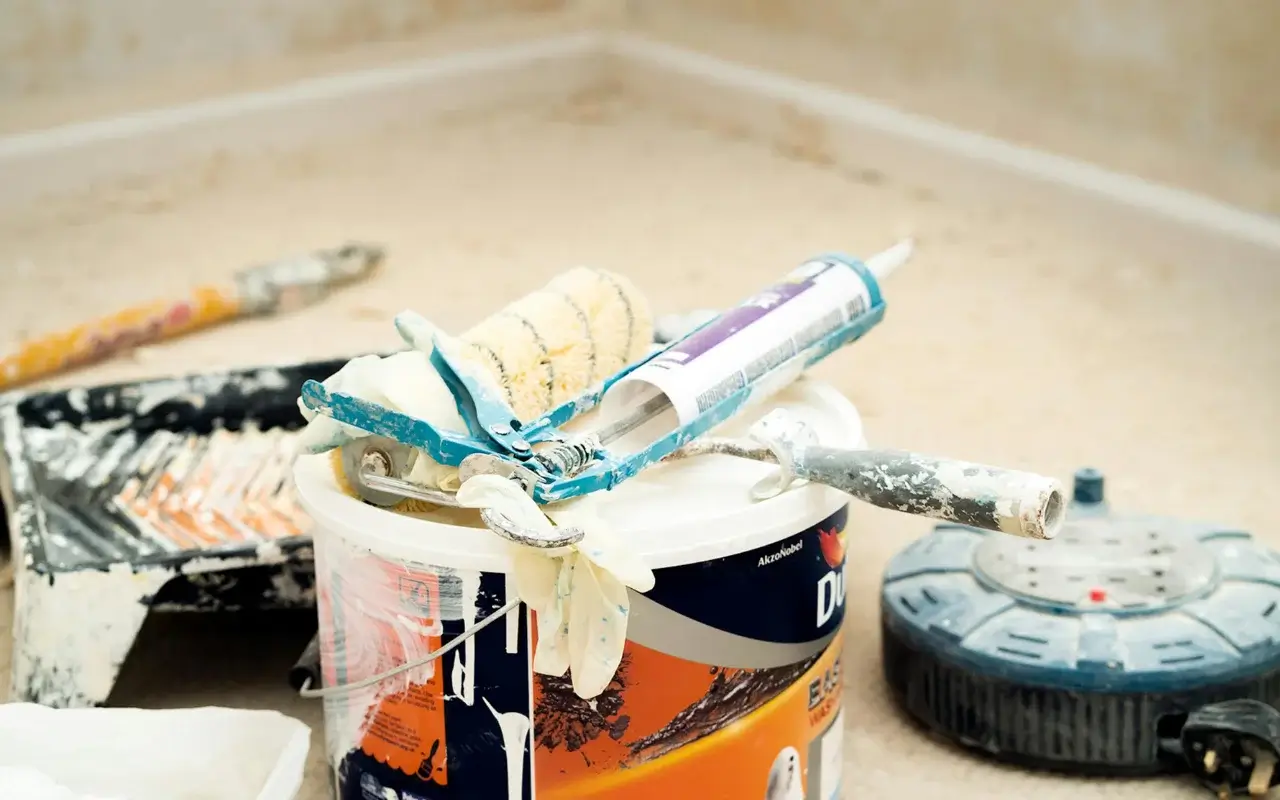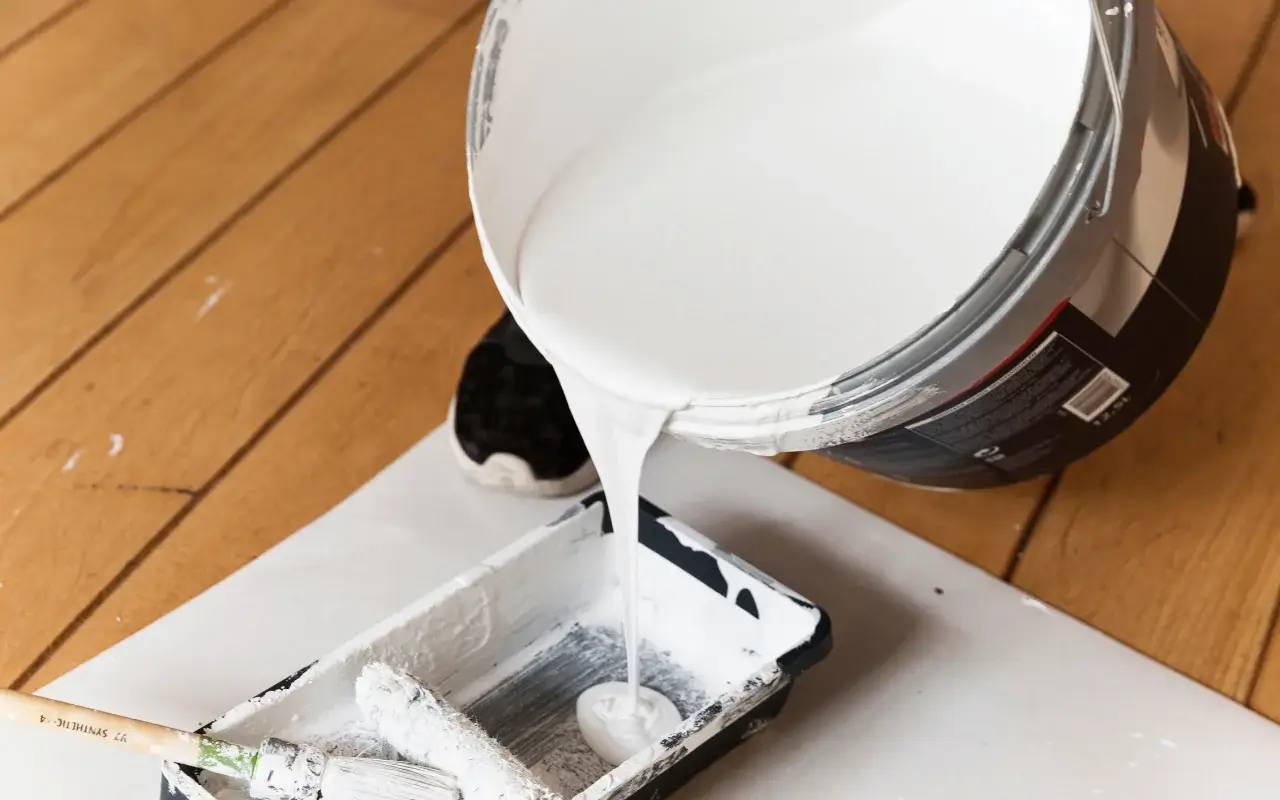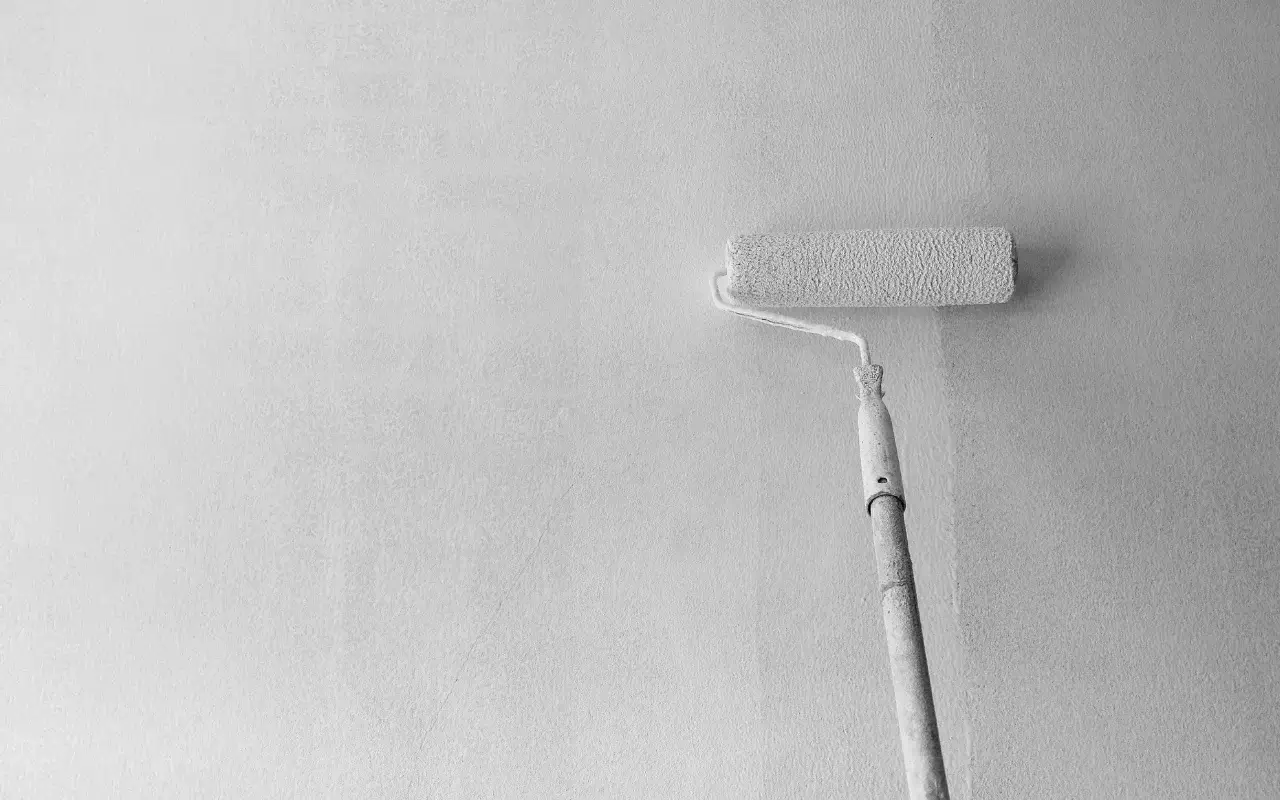When planning any painting project—whether it’s a single room or an entire property—timing is everything. One of the most common questions we hear is, “How long does paint primer take to dry?” Understanding primer drying times is essential to avoid smudges, bubbling, or poor adhesion, all of which can affect the final look and longevity of your paint job. In this post, we’ll walk you through everything you need to know about paint primer drying times, the factors that affect them, and how to make the most of your painting schedule.
What Is Paint Primer and Why Is It Important?
Before diving into drying times, let’s take a quick look at what paint primer actually does.
Primer acts as the foundation for your paint. It helps seal porous surfaces, enhances paint adhesion, and ensures an even, long-lasting finish. Using primer can prevent blotchiness and reduce the number of topcoats you need, ultimately saving you time and money. Whether you’re painting drywall, wood, metal, or previously painted surfaces, primer sets the stage for a professional-quality result.
Average Drying Time for Paint Primers
Most latex-based primers take between 30 minutes to 1 hour to dry to the touch. However, you’ll typically need to wait 3 to 4 hours before applying a topcoat. Oil-based primers, on the other hand, take longer—usually 6 to 8 hours to become dry to the touch and up to 24 hours to cure enough for paint application.
It’s essential to check the manufacturer’s label for specific guidance, as formulas vary. Trying to rush this process can result in peeling, cracking, or a less durable finish.

Factors That Affect Primer Drying Time
Several factors can influence how quickly your primer dries. Understanding these elements can help you plan better and avoid setbacks.
1. Type of Primer
- Latex (Water-Based) Primer: Dries quickly and is suitable for drywall, softwood, and masonry. Ideal for indoor residential projects.
- Oil-Based Primer: Takes longer to dry but provides better coverage for stained or heavily weathered surfaces. Common in commercial painting where durability is key.
2. Surface Material
Primers will soak into some surfaces more than others. For example:
- Bare wood absorbs primer quickly, requiring more coats and more drying time.
- Metal surfaces may need special primers that take longer to cure.
3. Humidity and Temperature
Primer dries fastest in moderate temperatures (between 18°C and 25°C) and low humidity (below 50%). High humidity or cold conditions slow down the evaporation process, which means longer drying times. This is especially important in body corporate painting jobs where timelines can be tight, and weather can’t always be controlled.
4. Ventilation
Good airflow speeds up drying. If you’re working in an enclosed space, consider opening windows, using fans, or even deploying a dehumidifier to accelerate the process.
5. Number of Coats Applied
A thick coat of primer takes longer to dry than a thin, even layer. Always aim for two thin coats rather than one heavy one, unless otherwise directed.
Dry to the Touch vs. Ready to Paint
A primer that’s “dry to the touch” is not necessarily ready for paint. This term simply means it doesn’t feel wet when you lightly touch it. However, it may still be soft underneath and not ready to accept a coat of paint.
Painting too early can cause:
- Poor adhesion
- Streaky coverage
- Long-term peeling and bubbling
Always wait until the primer is fully cured according to the product instructions before moving to the next step.
How to Speed Up Drying Time Safely
If you’re on a tight schedule and need to speed up drying time, here are some safe strategies:
- Use Quick-Dry Primer: Some brands offer primers that dry within 1 hour and are ready for paint in just 2 hours.
- Enhance Ventilation: Open doors and windows or use fans to circulate air.
- Adjust Temperature: If indoors, use a space heater to maintain a warm, consistent temperature.
- Use a Dehumidifier: Particularly helpful in humid climates like Brisbane.
While these tips can help, never cut corners—rushing the drying process can compromise the entire job.

When to Use Primer in Residential vs. Commercial Projects
In residential painting, primer is often used on drywall, plaster, and timber to ensure that new colors go on smoothly and look great. In these settings, drying time is usually manageable within a day.
However, in commercial painting, especially in large facilities or multi-surface environments, you may be working with metal, concrete, or previously painted substrates that need more advanced primers and longer drying times. In these cases, project timelines need to account for multiple coats and cure periods.
Common Mistakes to Avoid
- Skipping Primer Altogether: This is a shortcut that often leads to disappointment.
- Overapplying Primer: Thicker isn’t better—too much primer extends drying time and leads to uneven results.
- Not Checking the Forecast: If you’re painting outdoors, always make sure the weather is on your side.
Applying Paint Too Soon: Give it time! Even if it feels dry, it may not be ready.

What Happens If You Paint Over Primer Too Soon?
This is one of the most common errors we see. Painting over wet or partially cured primer leads to:
- Loss of adhesion
- Streaky or patchy finishes
- Extended curing times for the topcoat
- Possible need for sanding and reapplication
Especially in body corporate painting jobs, where multiple layers and finishes must be coordinated precisely, patience pays off.
Can You Paint Without Primer?
In rare cases, yes—but only if you’re repainting a clean, previously painted wall with a similar color. Even then, using a 2-in-1 paint and primer is often safer.
For tricky surfaces like glossy finishes, water-stained walls, or raw wood, primer is not optional—it’s essential.
Related Questions
You might also be wondering: Can You Use Ceiling Paint on Walls? While it’s technically possible, ceiling paint isn’t formulated for the same durability and washability required on walls. We break this down further in our dedicated post linked above.
Your Next Steps for a Flawless Finish
So, how long does paint primer take to dry? The short answer is: it depends. On average, allow 3 to 4 hours for latex primers and 24 hours for oil-based primers before applying paint. Always follow the product instructions, control the environment as much as possible, and be patient.
If you’re planning a new painting project and want a flawless finish, we can help. At Stretch Paints, we bring experience, precision, and care to every job. Whether it’s a home, business, or body corporate property, we ensure the preparation—including priming—is done right the first time.


Recent Comments